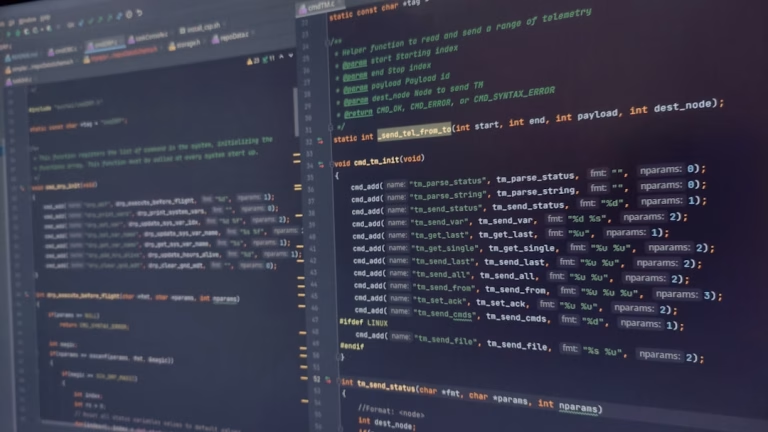The Best JavaScript Frameworks to Learn in 2024

JavaScript continues to be a dominant force in web development, powering dynamic and interactive features on websites and applications. As the JavaScript ecosystem evolves, several frameworks have emerged as key players, enhancing developers’ ability to build robust, efficient, and scalable applications. This guide explores the best JavaScript frameworks to learn in 2024, offering insights into their strengths, ideal use cases, and why they stand out in the crowded landscape of web development tools.
Understanding JavaScript Frameworks
JavaScript frameworks provide developers with pre-written code bases to handle common website or application functions. These frameworks not only speed up the development process but also enforce a structure for the application, making code more maintainable and scalable.
Top JavaScript Frameworks to Learn in 2024
- React
- Description: Developed by Facebook, React is not a full-scale framework but a library that focuses on building user interfaces, particularly for single-page applications where a dynamic interaction model is necessary. It uses a virtual DOM to optimize rendering and improve performance.
- Why Learn: React’s component-based architecture makes it reusable, easy to manage, and highly scalable, suitable for enterprise-level applications.
- Vue.js
- Description: Vue.js is renowned for its simplicity and integration capabilities with other JavaScript libraries. It is a progressive framework used for building user interfaces. Unlike monolithic frameworks, Vue is designed from the ground up to be incrementally adoptable.
- Why Learn: Its detailed documentation and ease of integration make it perfect for newcomers in the field of web development as well as for integrating into existing projects.
- Angular
- Description: Maintained by Google, Angular is a platform and framework for building client-side applications. It uses TypeScript and comes with a host of features like dependency injection, end-to-end tooling, and integrated best practices to solve development challenges.
- Why Learn: Angular is ideal for building highly interactive web applications and offers a robust set of tools that are well-suited for large-scale projects.
- Svelte
- Description: Svelte shifts much of the work to compile time, introducing fundamentally new approaches to boosting performance during the build process, rather than at runtime.
- Why Learn: Its unique approach allows for faster performance and smaller bundle sizes, making it a great choice for developers looking to deliver high-performance applications with less code.
- Next.js
- Description: Built on top of React, Next.js is a minimalistic framework for server-rendered universal JavaScript applications. It simplifies the process of building server-side rendering and static web applications using React.
- Why Learn: It is great for developers looking to build hybrid applications with static and dynamic elements. Next.js makes routing and data fetching straightforward, which can greatly enhance SEO and user experience.
Emerging Trends and Considerations
- Serverless Applications: Frameworks that support serverless architectures, like Next.js, are becoming increasingly popular as they allow developers to build more scalable and cost-effective applications.
- JAMstack Architecture: Static site generators and frameworks like Gatsby (based on React) are gaining traction for their ability to integrate with various APIs and services, driving the adoption of JAMstack architecture.
Conclusion
The landscape of JavaScript frameworks is continually evolving, with each framework offering unique advantages for different types of projects. Whether you are a beginner or an experienced developer, learning these frameworks can provide you with valuable skills that are highly sought after in the tech industry.






